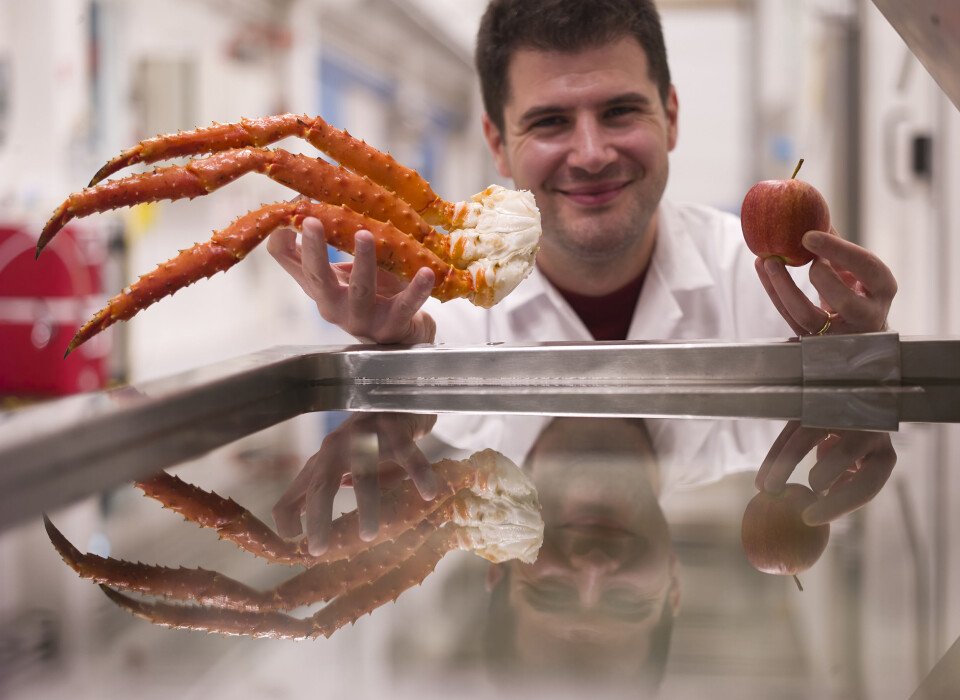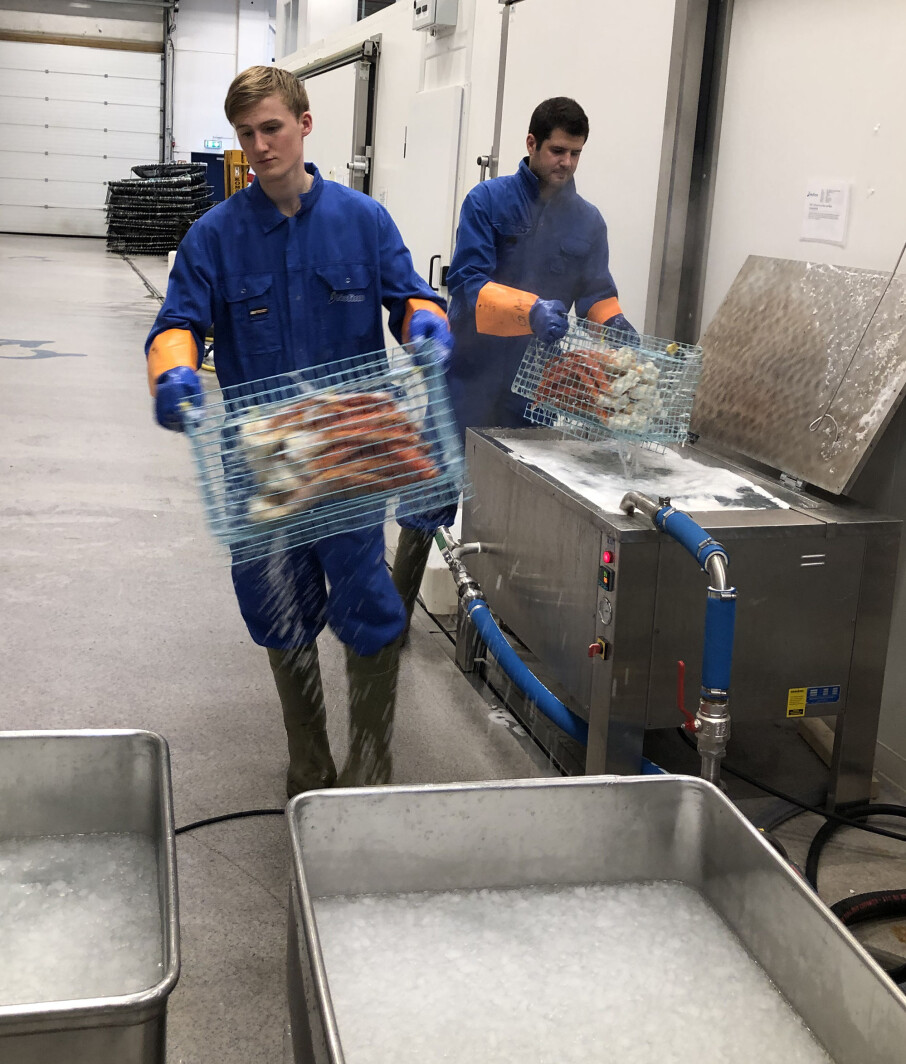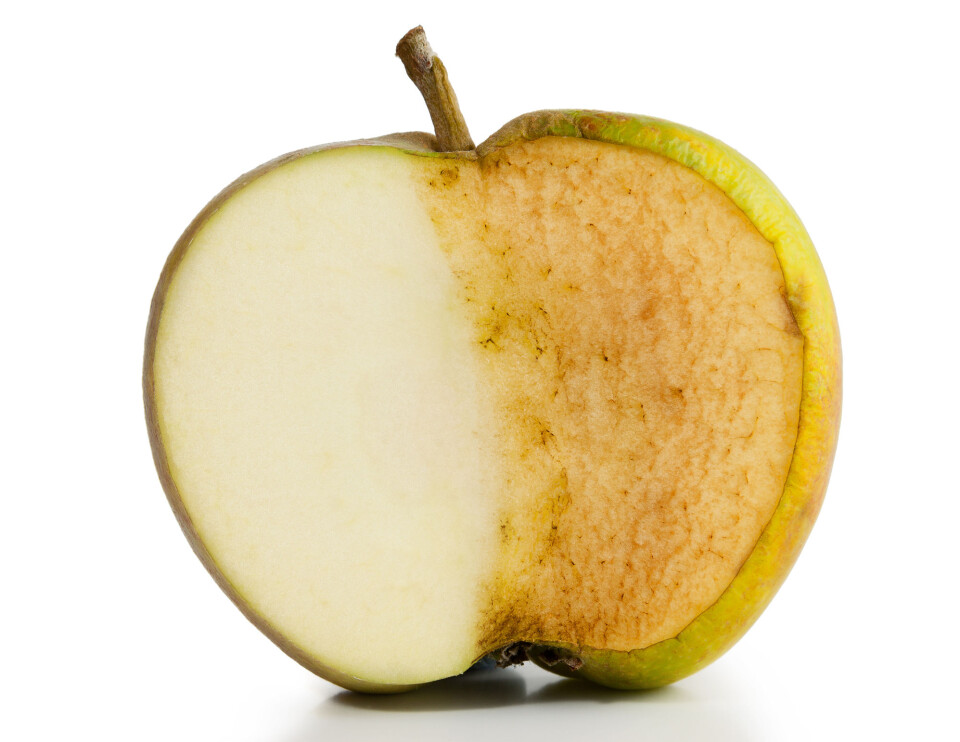
What do crabs and fruit have in common?
Did you know that crabs do not need to be cooked in boiling water in order to become delicious food? And what on Earth do crabs, fruits and vegetables have in common?
I have been working as a student and a researcher examining the quality of commercial crab species for some years now. People usually become quite curious when they hear that I am researching crabs. They ask me all kinds of interesting and difficult questions about the physiology and biology of crabs. However, there is one thing that everyone seems to know: Crabs must be cooked in boiling water with some added salt!
Not surprisingly, the crab industry also employs the same method of preparation, that is to immerse the crabs at the boiling point, except at a larger scale using large tanks. This process has not changed for decades. Can the heat-treatment of crabs be done differently in an attempt to increase quality? If so, what sort of challenges might arise from such a change?
Why do crabs need to be heat-treated?
The aim of the heat-treatment is primarily to coagulate muscle proteins so that the meat becomes edible and detaches from the exoskeleton (shell).
In addition, the process reduces the microbial load and prevents bacterial growth. It also gives the crab shell its characteristic reddish-orange colour.
Do we need boiling water?

No.
Crab meat is ready to eat when it reaches a temperature between 72–78 °C.
International guidelines on ready-to-eat seafood recommend that crab meat should be heat treated at 70 °C for at least two minutes in order to reduce the microbial load. The meat is then safe to eat for up to ten days when stored at 0–4 °C.
The characteristic colour of heat-treated shellfish comes from a pigment called astaxanthin. This compound is bound to a protein in the raw crab but is released when the temperature is high enough, causing the shell to turn from a brown to reddish-orange colour. This reaction does not require a cooking temperature higher than 75 °C, either.
Therefore, it is not necessary to use boiling water when cooking crabs.
Lower temperature, more value
There can be many advantages of heat-treating crabs at a temperature lower than the boiling point, in a so-called mild cooking process. First and foremost, it saves energy and it reduces the time necessary to heat up the water between cooking batches. In addition, it may help make the process more controllable avoiding overcooking the meat located in proximity to the shell. Furthermore, the crab shell acquires a more vivid red colour and the meat is whiter.
Lower heat-treatment temperatures have already been employed in some European countries when processing brown crab (the most common crab species in Europe) into ready-to-eat products. In the UK, Ireland and France, these are sold as a premium quality and highly-priced products.
Red or blue crab?
For some species of crab, however, the application of a mild cooking process can pose some challenges. Snow crabs, for example, can get bluish-black spots on their shells. These spots are caused by melanin pigments which form as a result of the enzyme process called melanosis – also known as blackening or bluing.

This discolouration does not mean that the crab is dangerous to eat, but it does ruin its appearance. The industry calls this discolouration problem ‘bluing’.
Stressed or wounded crabs is never a good thing
Why does this discolouration happen? This is where we must delve into the world of biochemistry. The key factor that causes this bluing reaction is an enzyme called polyphenol oxidase, and it plays a very important role in the crab’s immune system. When a crab becomes stressed, is wounded or has an infection (in other words, when it is under attack!), its immune response is triggered. It emits biochemical signals that activate the enzyme responsible for bluing. Among other things, crabs use these dark compounds (melanins) to seal open-cut wounds.
The enzymatic process can occur very quickly, especially after the death of the animal during processing. However, the bluing reaction can be stopped by inactivating the enzyme through heat-treatment, but the temperature needs to be between 85 and 90 °C and should be applied for at least half an hour.
Can we learn anything from fruit and vegetables?
We have conducted research to see if it is possible to heat-treat snow crabs at lower temperatures and/or over shorter periods of time, while at the same time avoid bluing. In the pursuit of possible solutions, we were inspired by producers of fresh-cut ready-to-eat fruit and vegetables, the type of which are sold as convenient healthy food in supermarkets.

Apples, bananas, avocados, mushrooms and lettuce, all have something in common with crabs. The polyphenol oxidases that cause bluing in crabs belong to the same class of enzymes that cause sliced fresh fruit and vegetables to turn brown. Therefore, it is the same biochemical mechanism that governs the discolouration of both fruits, vegetables and snow crabs.
Citrus fruits in the lab
Squeezing a little lemon over fruit salad is an old trick that is used to stop it from turning brown before it is served to guests. The same principle is used in the manufacturing process of fresh-cut fruit and vegetables. Citric and ascorbic acid, which occur naturally in citrus fruits, are used on the products to avoid discolouration.
Therefore, we immersed clusters of snow crab (shoulder, four legs, and a claw) into various aqueous solutions with low concentrations of ascorbic, citric or acetic acid, before heat-treating in a mild cooking process.
Promising, but not quite there yet
Our experiment worked, but not as well as we were hoping for. The mildly-cooked snow crab clusters that had been immersed in various citrus fruit acids were less blue, but still showed some signs of discolouration.
However, we have not given up on the idea of obtaining mildly cooked snow crab clusters that are free from blue discoloration. Since the presence of oxygen is another key factor in the bluing reaction, further trials will involve the use of vacuum or oxygen-free packaging during different stages of the production process.
It will be exciting to see if we succeed.







